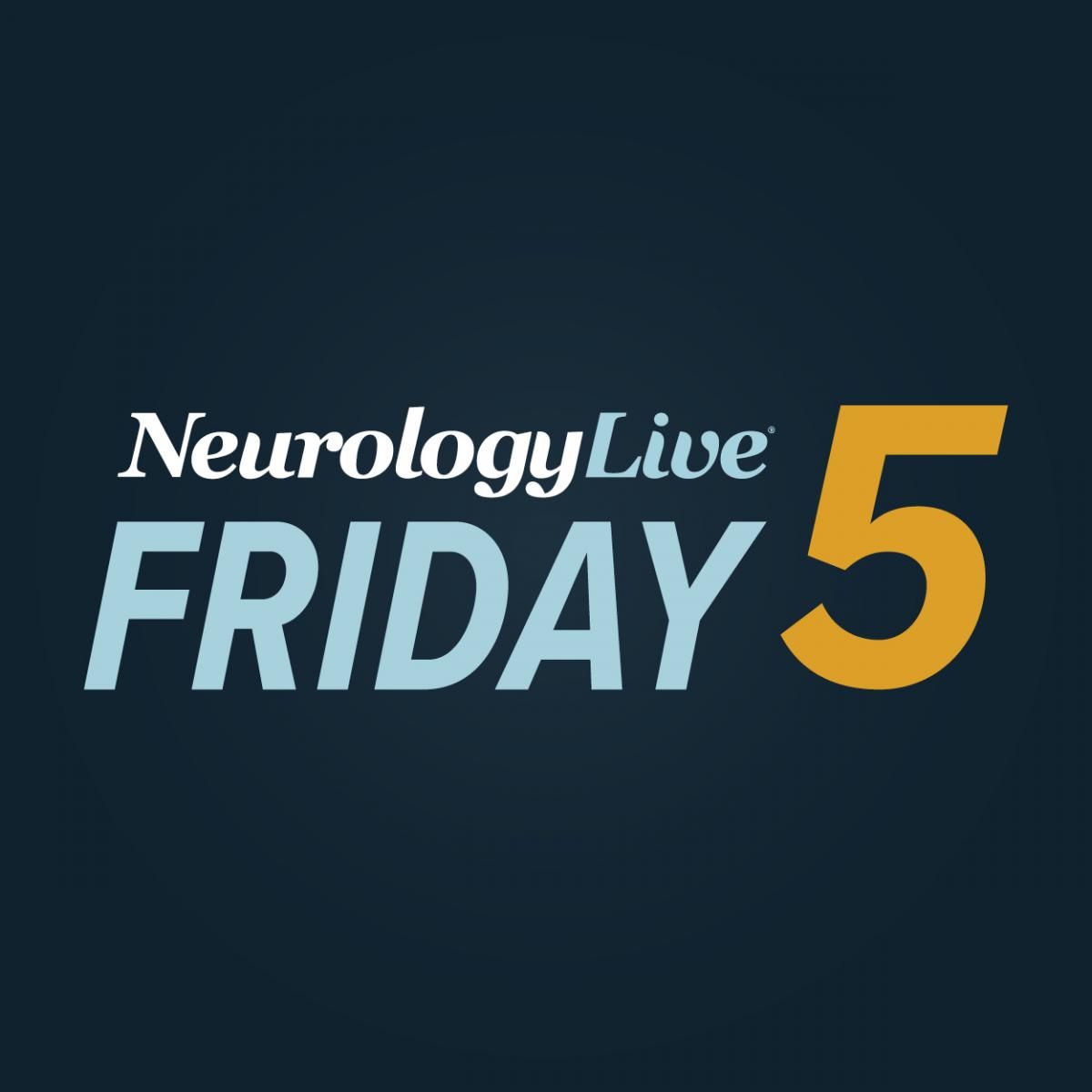News
Article
A Revolutionary Treatment for Stroke: How a Vagus Nerve Stimulation Implant is Giving Patients Renewed Hope
Author(s):
Key Takeaways
- Vivistim device enhances stroke recovery by stimulating the vagus nerve, promoting neuroplasticity and improved motor function.
- Combining Vivistim with traditional rehabilitation doubles dexterity recovery in stroke patients compared to rehab alone.
AHN Neuroscience Institute is the first in western Pennsylvania to offer the FDA-approved Vivistim device, combining vagus nerve stimulation with traditional rehab to improve stroke recovery.
Alexander C. Whiting, MD
(Credit: AHN Neuroscience Institute)

If traditional rehabilitation has left your stroke patient with limited arm and hand function, they may be a candidate for implantation of the Vivistim (MicroTransponder) device.
As the first in western Pennsylvania to perform the procedure, AHN Neuroscience Institute is uniquely positioned to help your patient regain quality of life and broaden the horizons of their recovery trajectory.
Stimulating the Vagus Nerve
In a same-day outpatient procedure, the Vivistim device is implanted into the chest, stimulating the vagus nerve. This technique has many benefits:
- We can directly target the area of the brain responsible for motor control and limb movement through mild electrical stimulation – essentially transforming brain activity.
- This creates new pathways for the brain to access through neuroplasticity, much like a GPS – allowing the patient to relearn and rebuild functionality.
- Studies show this, along with traditional rehabilitation, helps stroke patients regain at least twice as much dexterity in their hand and arm function than rehab can provide alone.1
Proven Method, New Applications
Vagus nerve stimulation has been applied for decades in patients with neurological conditions, such as epilepsy. Now, Vivistim has received FDA approval to pair vagus nerve stimulation with a patient’s traditional occupational or physical therapy to promote neuroplasticity. The results can create new life possibilities.
“By using the trusted, effective strategy of vagus nerve stimulation in patients with chronic motor impairments, we’ve entered a new frontier of stroke recovery,” said Alexander C. Whiting, MD, director of epilepsy surgery at AHN Neuroscience Institute. “Combining the innovative Vivistim technology with traditional rehab is helping patients regain movement that they may never have achieved otherwise.”
Working With You – and Your Patient
If your patient has had a stroke, we’re committed to working with you to help develop a treatment plan, fast. CT scans quickly processed through RAPID technology allow physicians at our renowned AHN Stroke Centers, part of the AHN Neuroscience Institute, to assess the brain’s blood flow and determine which areas of the brain are damaged. Getting an accurate diagnosis through RAPID can allow us to start your patient on a specialized stroke treatment as soon as possible.
We are proud to be the only program in western Pennsylvania staffed by fellowship-trained neurocritical care doctors who remain at the forefront of medical advancements to treat patients with complex neurological conditions requiring intensive care.
How to Make a Referral
To refer a chronic ischemic stroke survivor to AHN for vivistim, please complete the following form. Indicate in the instructions section of the form that the referral is for vivistim.
https://findcare.ahn.org/Alexander-C-Whiting/referral-form




